Our Veterans
We are their Legacy
Our Veterans
-
Robert Andrews
Robert Andrews (1722-1789) was a farmer, town selectman, and citizen-soldier who commanded a Massachusetts militia company during the Revolutionary War. Born in Boxfield, Massachusetts, he married Lucy Bradstreet (a descendant of Massachusetts Bay Colony Governor Simon Bradstreet), with whom he raised eight children. The family made its home in the North Parish of Shrewsbury, Massachusetts, which later became the town of Boylston (est. 1786).
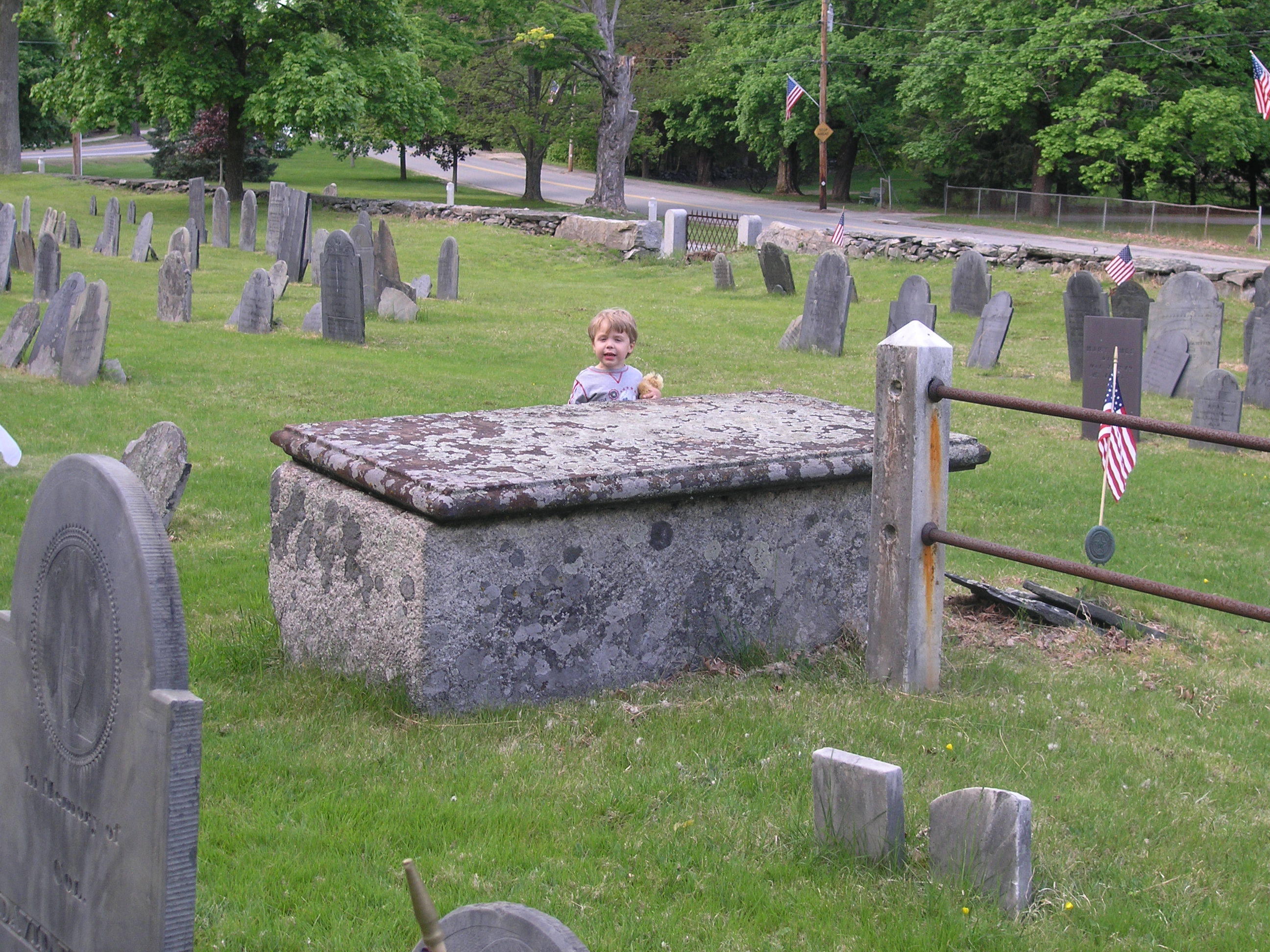
Robert Andrews GravesiteThe town’s preparations for war began in September 1774 with the purchase of an iron field piece and the formation of the first two parish militia units. “The officers of the two companies were chosen by the people,” writes town historian Andrew H. Ward, “in conformity to a recommendation of the Provincial Congress—previously all military officers were appointed and commissioned by the Governor, and their commissions revoked at his pleasure.” Robert Andrews—a town selectman—was elected captain of militia company “A” in the North Parish.
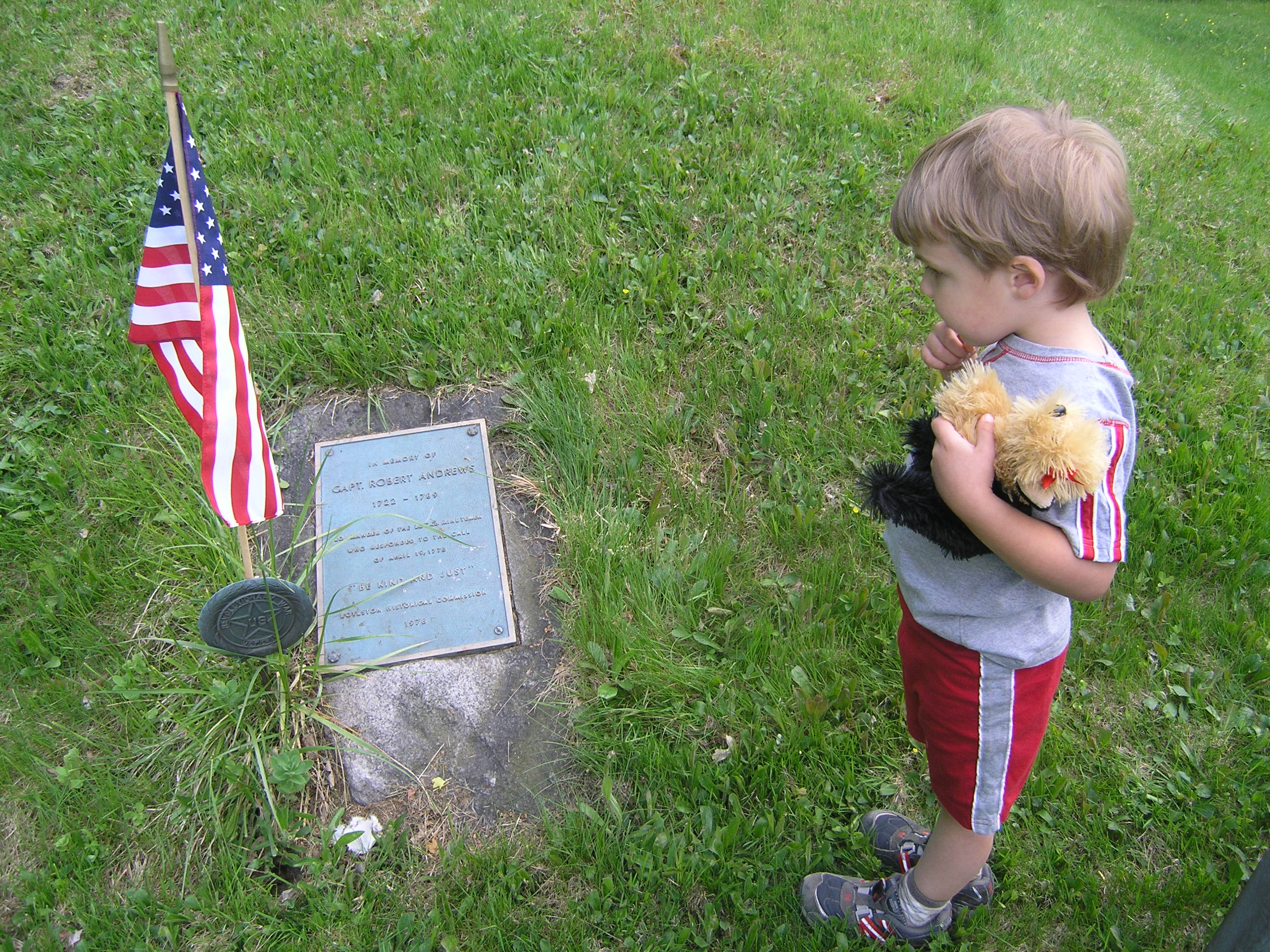
Levi French visits the grave of his sixth-great-grandfather
on Memorial Day in 2008The exchange of shots between American colonists and British troops at the Battles of Lexington and Concord in April 1775 signaled the start of the Revolutionary War. According to an authoritative state history, Massachusetts Soldiers and Sailors in the Revolutionary War, published by the Secretary of the Commonwealth, “Capt. Robt. Andrews’ co. of Minute-men … marched on the alarm of April 19, 1775, from 2nd Parish in Shrewsbury to Cambridge.” Andrews commanded the company for a month after the outbreak of the war. On May 23, 1775, at a Town Meeting in Shrewsbury, Massachusetts, it was voted that “each Parish raise as many men as they can, to hold themselves in readiness to reinforce our army near Boston, if needed, with such officers as the companies shall think proper.”
When Andrews died in 1789, in his 67th year, his body was interred in a vault atop a ceremonial mound in Boylston’s Old Burial Ground. In the Bicentennial Year of 1976, the Boylston Historical Commission placed a commemorative plaque at the gravesite:
In Memory of
Capt. Robert Andrews
1722-1789
Commander of the Local Minutemen
Who Responded to the Call
of April 19, 1775
“Be Kind and Just” -
Richard Gannon
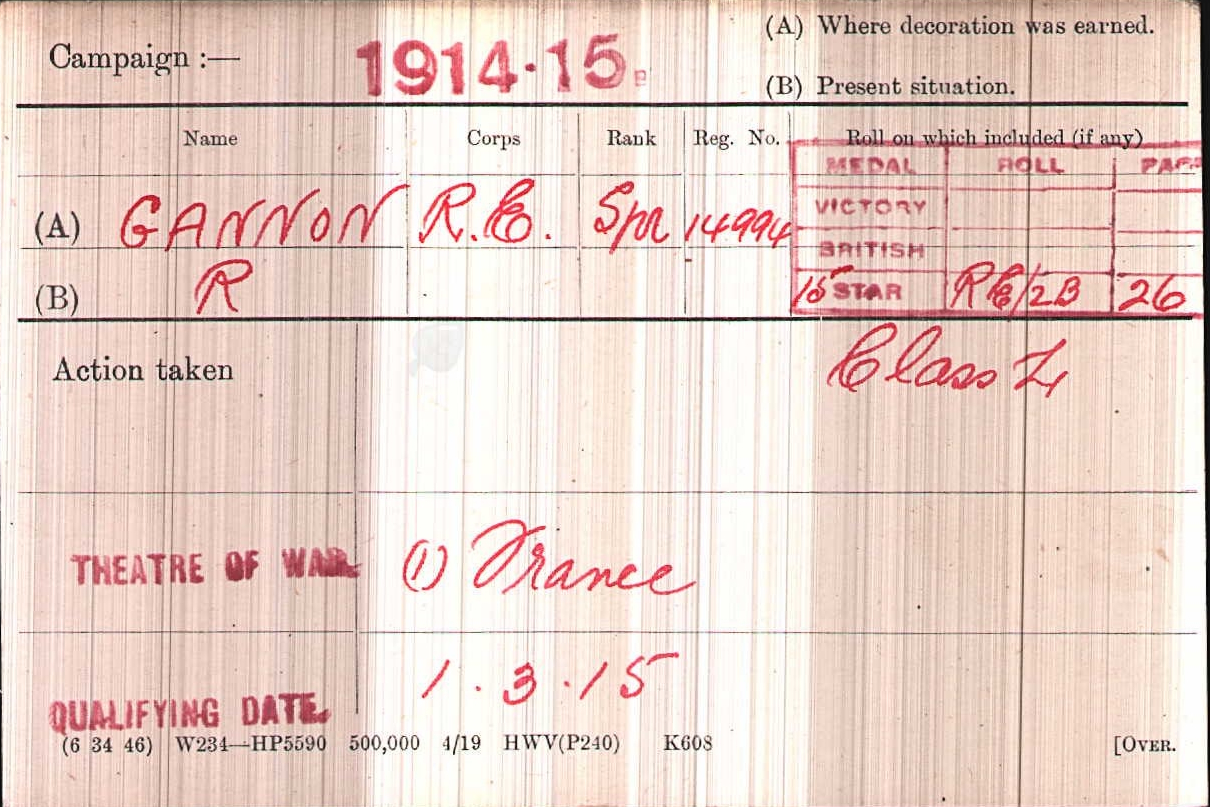
Richard Gannon WWI Medal CardSapper Richard Gannon, Royal Engineers of the British Armed Forces, enlisted early in World War I. He served in the trenches in France until the war’s end. Initially, Richard served in the First Field Squadron. He transferred out of that unit and where he went after that is unknown. Little trace of this service exists in the official records; German bombs in WWII destroyed most WWI military records. When he came home to Dublin in early 1919, there was not much place for British heroes. The 1916 Easter Rising against British rule had failed and the British Army executed its leaders.
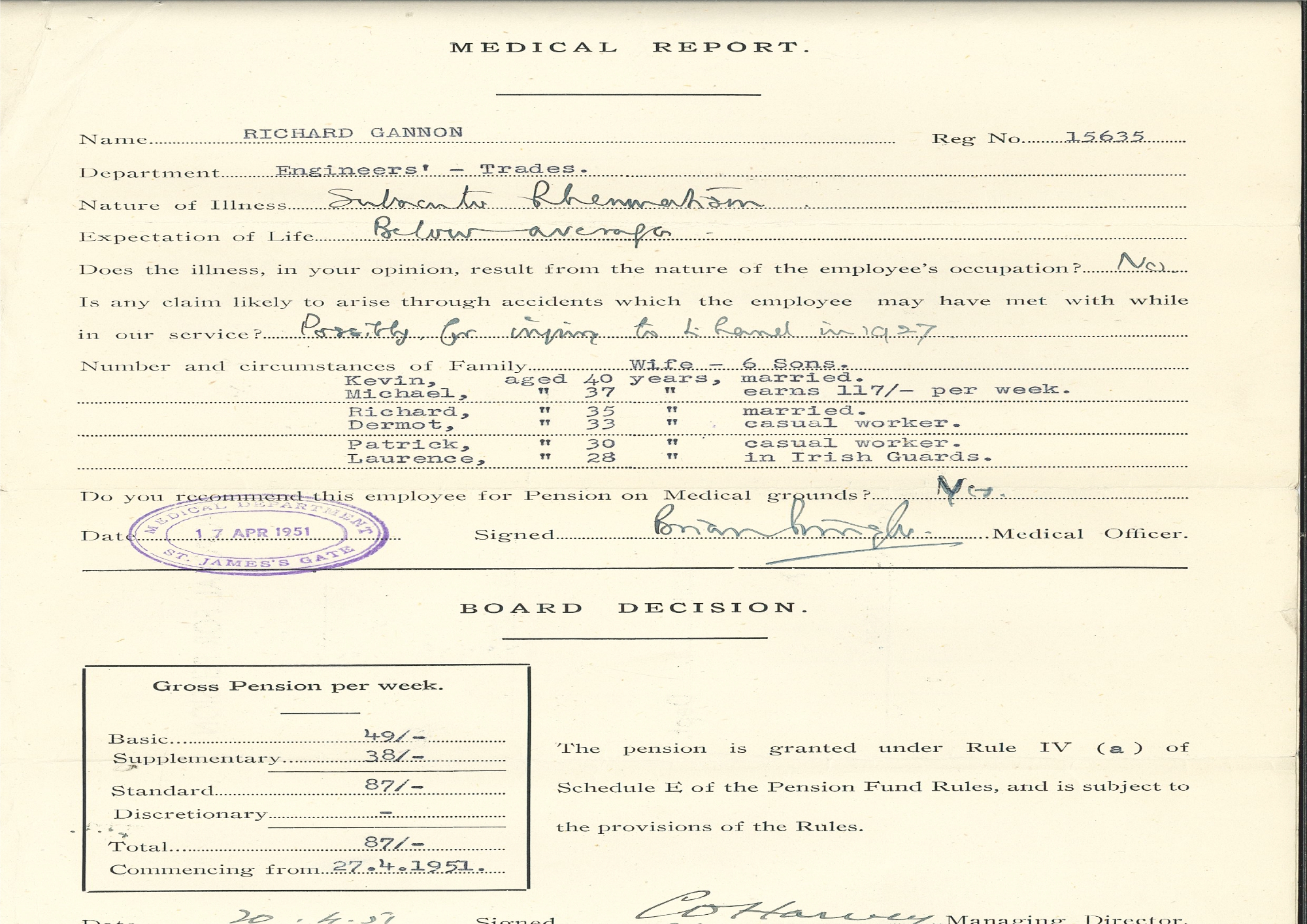
Personnel Record, Guinness Brewery, Dublin IrelandShortly after Richard returned home from France, he went to work at Guinness Brewery as a boilermaker. Guinness hired British veterans when no one else would. Though Ireland became a Free State independent from Great Britain, the British remembered its veterans and built a home for Richard Gannon and his family. When one of his six boys joined the Irish Guards of the British Army, he came home on leave and wanted to stay in Ireland and not return to his unit. Richard, who had begged him not to enlist, told him there were no deserters in this family. Richard Gannon retired after 30 years in Guinness; he had rheumatism; the medical examiner believed he had a “below average” life expectancy. He fooled them all and lived another eighteen years. Richard had such a hard service, a lonely homecoming, and a stern admonishment that there are no deserters in this family.
-
Clarence Quentin “Zeke” Jones, Jr.
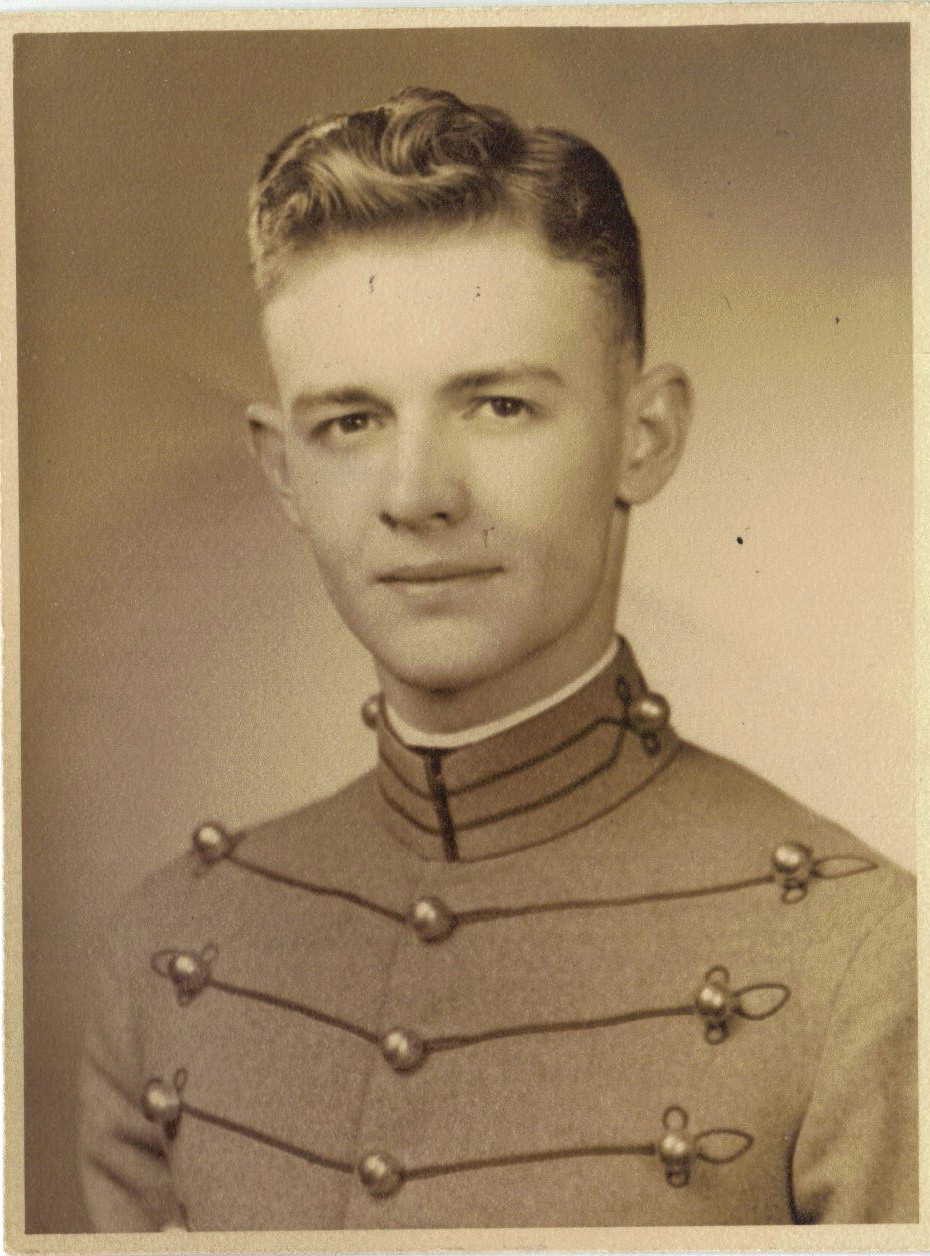
Clarence Quentin “Zeke” Jones Jr.Clarence Quentin Jones Jr. was born in Sullivan, Kentucky on May 12, 1926 to Reverend Clarence Jones Sr. and Lois Jones. Known commonly as “Zeke,” Clarence Jr. registered for the draft in 1945 at the age of nineteen, but was not called upon to serve before the end World War II. After the war ended, Zeke received an appointment to the United States Military Academy at West Point, where he graduated in January 1950. Shortly after his graduation, Zeke married Elizabeth Pinkerton in June 1950, with whom he spent the rest of his life and fathered three daughters.
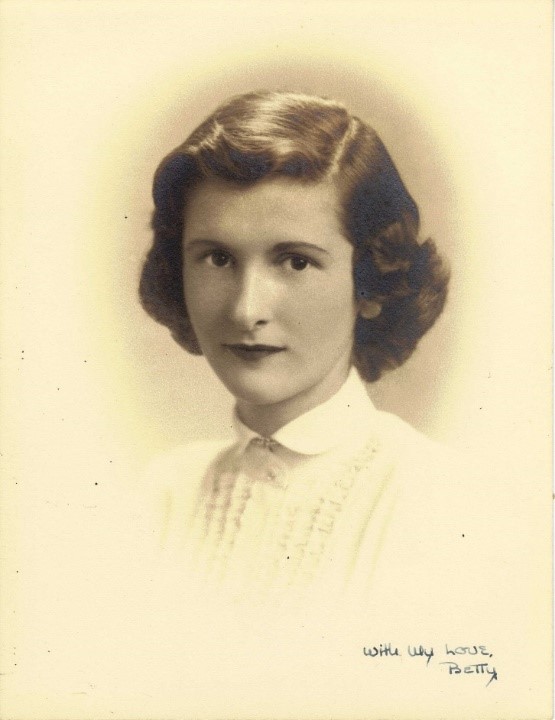
Elizabeth Pinkerton JonesAfter his graduation from West Point, Zeke’s military career sent him and his family around the world. In addition to serving in the US, Zeke spent time in Germany during the Cold War, and served in both the Korea and Vietnam. While serving in Vietnam, Zeke was awarded a Bronze Star. After twenty years of service and rising to the rank of Lieutenant Colonel, Zeke retired from the Army on May 31, 1970. Zeke’s life of public service continued even after his retirement from the Army. Before his official retirement, Zeke began serving as the City Manager of Boynton Beach, Florida, on May 25, 1970. Zeke remained an active member of the community in South Florida until his death on November 30, 1991 at the age of sixty-five.
-
John William Larner, Jr.
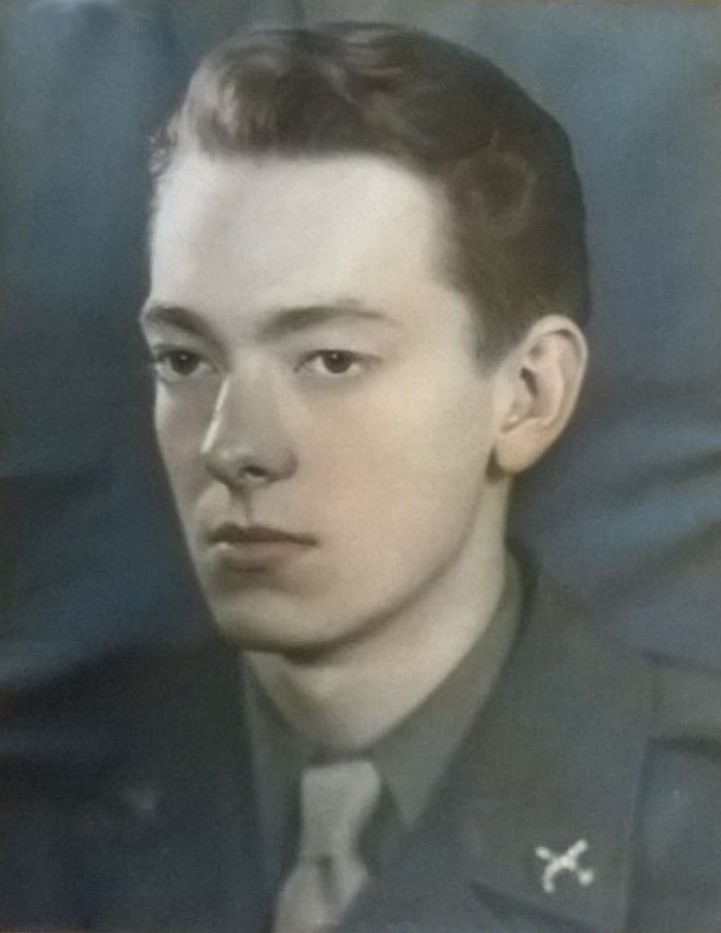
John William Larner, Jr.John William Larner, Jr. was born in Bronx, New York, on September 8, 1927, the youngest of four children born to John William Larner, Sr. (WWI Navy veteran) and Emilie Susan Brambach. John was a teenager when World War II began and left high school at 16 to work. He was an aircraft assembler when he was drafted, entering the Army at the age of 18. Many members of his extended family were working for Pratt & Whitney building airplanes for the war effort and his father was a test pilot.
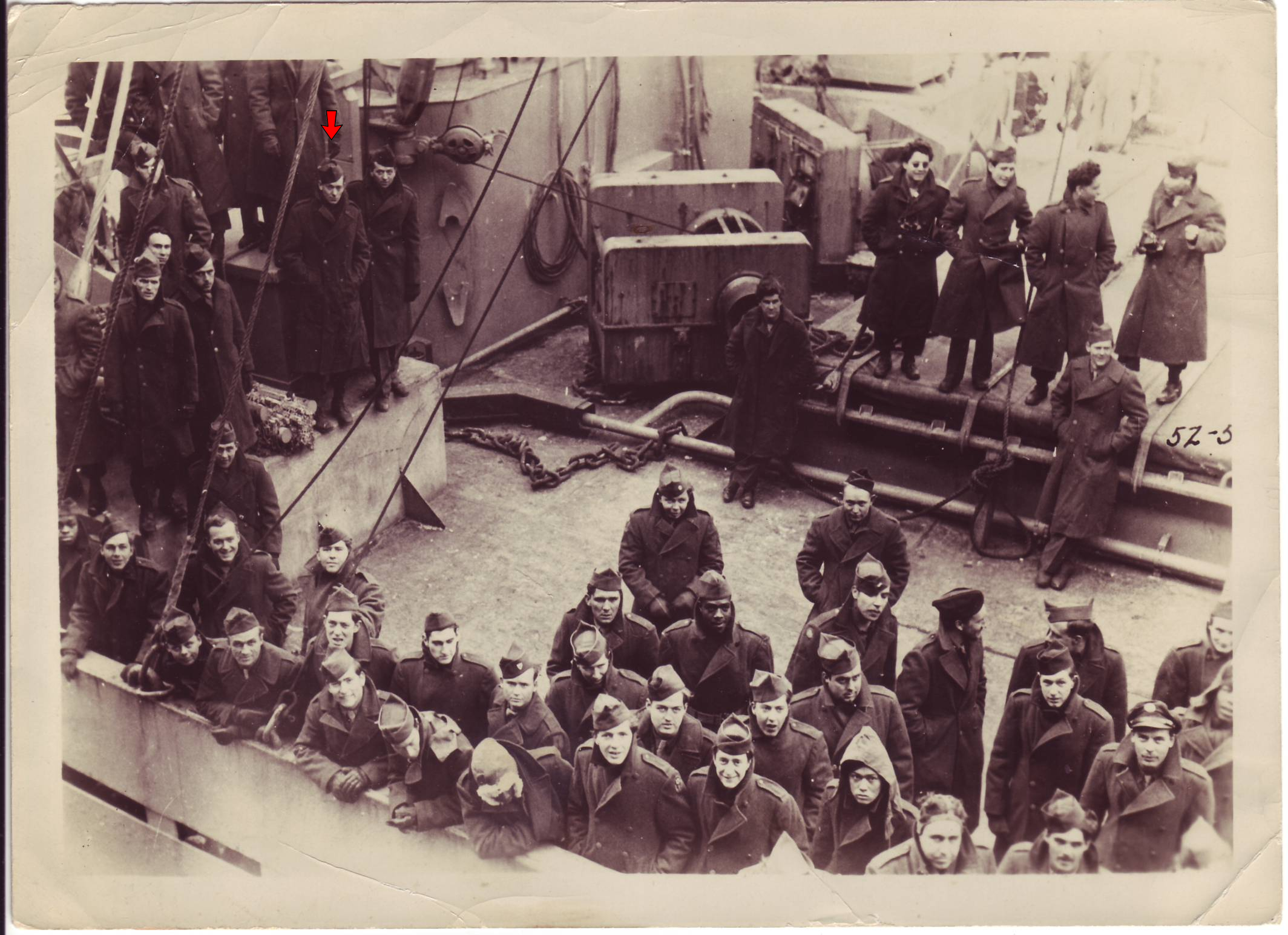
John Larner homeward boundJohn was a military policeman (PFC) and served in Co. C, 793rd MP Battalion, 3rd Army, with the Occupation Forces after World War II. He traveled to Germany aboard the S.S. Marine Perch, and arrived at Bremerhaven on 29 May 1946 and rode in railroad boxcars south to Nuremberg. He was stationed at the War Crimes Prison and the Palace of Justice in Nuremberg during the last six months of the trials. John returned stateside in February 1947 on board one of the Victory ships as he recalled the words “Bethlehem Steel” stamped in the beam above his hammock and the rough seas of the winter voyage.
In September 1954, John married Jean Bolson and they had three children. The family moved to Central Florida in July 1969 in time to witness the Apollo 11 launch. John spent his career in the courier and delivery industry. He died on January 10, 2002, at the age of seventy-four. -
John Robert “Bob” Leong
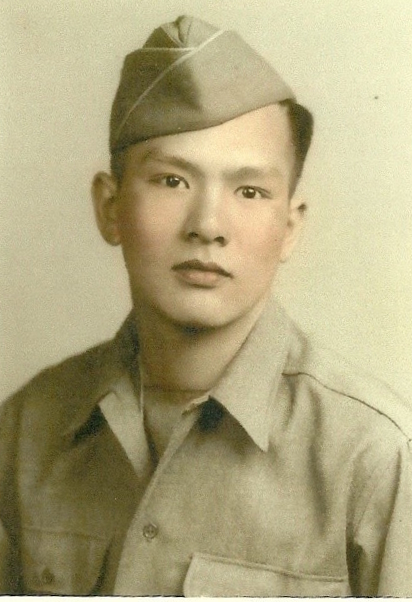
John Robert “Bob” LeongJohn Robert “Bob” Leong, son of L. S. Kua and N. H. Leong, was born in Yuma, Arizona, on August 21, 1923. Bob entered Stanford University in 1942 and left the same year “for the privilege of sightseeing” throughout the Southwest Pacific Combat as a medic in the 1st Infantry, 6th Division, 3rd Battalion in the US Army during World War II. As a medical corpsman with a rifle company, Bob was part of the Pacific Ocean Theater and saw combat throughout the region, most notably in the Battle of Luzon and the battle for “Lone Tree Hill” at Maffin Bay, New Guinea. His division, the 6th Division, holds the unchallenged record for consecutive days of continuous combat in the Pacific Theater, fighting nonstop for 219 days on the Island of Luzon, the Philippines. By the end of the war, the Division’s men were the most heavily engaged troops in the US Army still fighting the Japanese in the Cagayan Valley of Northern Luzon. After 306 total days of combat, casualties for the 6th Division for the 6th Division totaled 1,174 dead, 3,876 wounded and 9 missing.
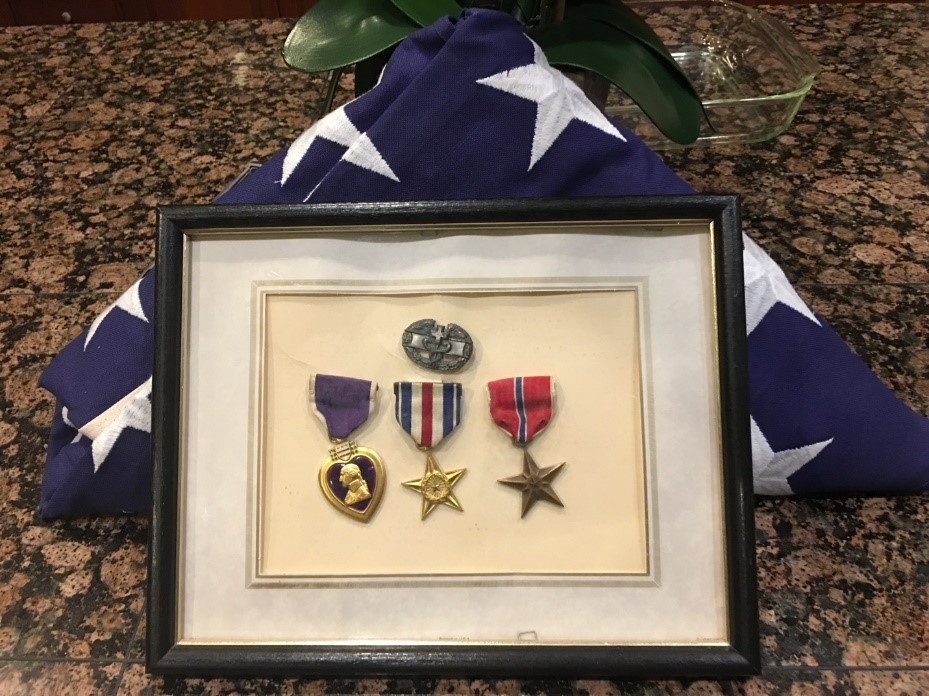
Bob Leong’s MedalsFor his bravery and service in the Pacific Theater, Bob was awarded the Silver Star, Bronze Star, Purple Heart and Combat Medical Badge. The Silver Star, the highest commendation next to the Congressional Medal of Honor, was given for actions and bravery beyond the call of duty. Under heavy enemy fire, Bob personally destroyed two Japanese machine gun emplacements and carried many of his wounded comrades to safety, despite being wounded himself.
After the war, Bob returned to Palo Alto in 1946 and completed his Stanford education. For four years he operated Leong Brothers, a land investment company in Palo Alto and was a stockbroker with what was then Harris-Upham. He became the first Chinese manager of a major brokerage house in Palo Alto. He moved to Sacramento and operated Leong Liquors until he retired. Bob passed away on January 17, 2014.
-
William C. Lyons
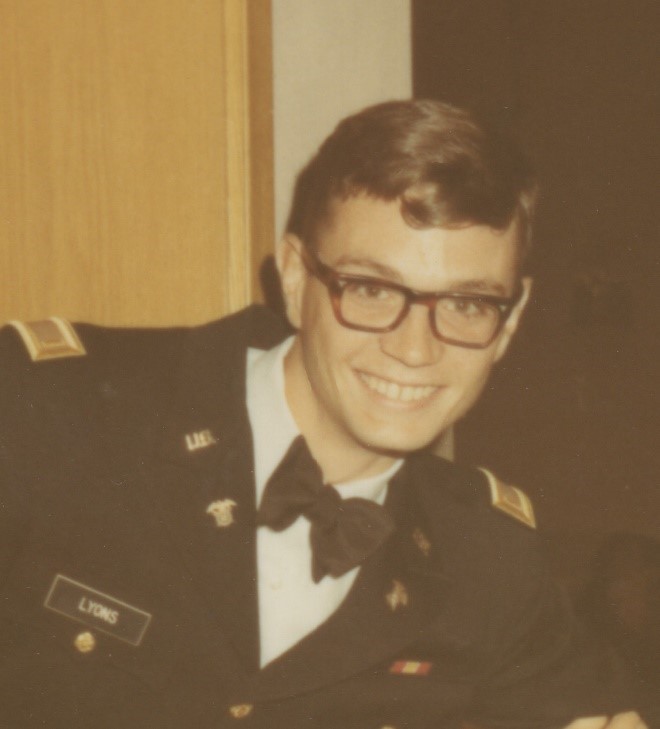
William C. LyonsBorn on December 8, 1946, in the first wave of the postwar baby boom, Bill was the eldest of Leo E. (USMC) and Eileen C. Lyons’ four children. Bill grew up in Buffalo, NY, where he graduated from Canisius College in 1969. Having completed ROTC, Bill earned a commission as 1st Lieutenant in the US Army. Before marrying Jacqueline Fiebelkorn in September 1969, he completed the Quartermaster school at Fort Lee, VA. He then served as a Property Officer at Fort Bliss, TX, before deploying to Vietnam. From July 1971-January 1972, Captain Lyons managed the “phase down” of the supply depot at Cam Rahn Bay.
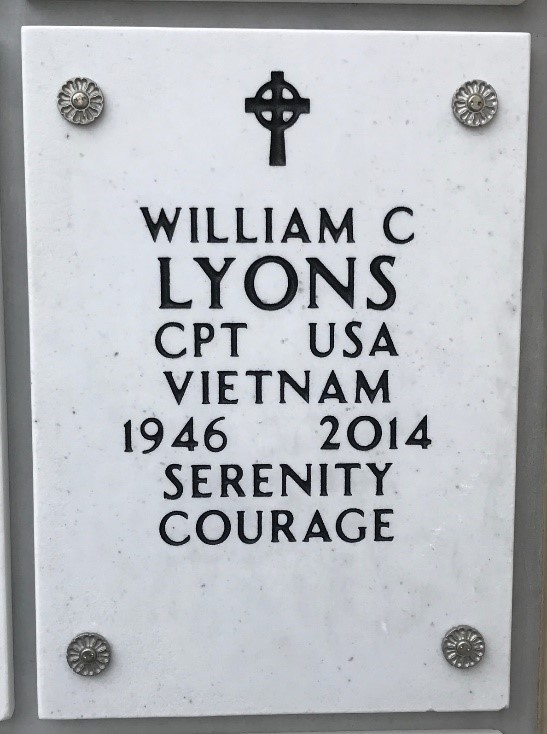
Bill Lyons’ markerAfter leaving the US Army in 1972, Bill began a career in banking, working as a Loan Officer and later as Vice-President of a local bank in Western New York (WNY). In addition to raising three daughters, Bill was an avid golfer and a proud, 34-year member of Alcoholics Anonymous. He mentored many in AA and served on the board of the Kids Escaping Drugs program. He also worked tirelessly for numerous Veterans’ causes, including establishing the WNY Vietnam Veterans Memorial, testifying before Congress to advocate for resources for homeless and addicted Veterans, and developing the first Veterans Court in Buffalo, NY. Several years before his death, he moved to Apopka, FL. He died on September 28, 2014, of acute lymphoblastic leukemia, and related complications, at the age of 67. Bill rests in Columbarium Court 9 North, near his parents, at Arlington National Cemetery.
-
Henry Elmer MacCann, Sr.
Born in Marblehead, Massachusetts, on December 11, 1931, Henry Elmer “Hank” MacCann was the first child of Mr. and Mrs. Archibald MacCann. A sister, Gladys, would join Hank three years later. In high school he participated in track and field and was an active member of the Drama Club.
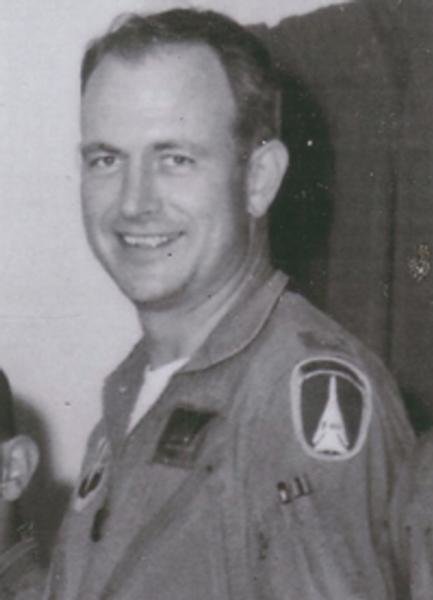
Henry Elmer “Hank” MacCannAfter high school, Hank attended Rensselaer Polytechnic Institute with an eye on joining the military upon graduation. While studying mathematics at RPI, the war in Korea was developing, and Hank decided to put his studies on hold and joined the US Air Force as an enlisted man. He was accepted to Officer Candidate School and after graduation served as a navigator in Korea during the 1950’s.
After the Korean conflict Hank continued to pursue his career as a pilot. He was transferred to McDill Air Force Base in Tampa, Florida, and received a Bachelor’s degree in both Mathematics and History from the University of Tampa. By this point in his life he had married and had two young children.
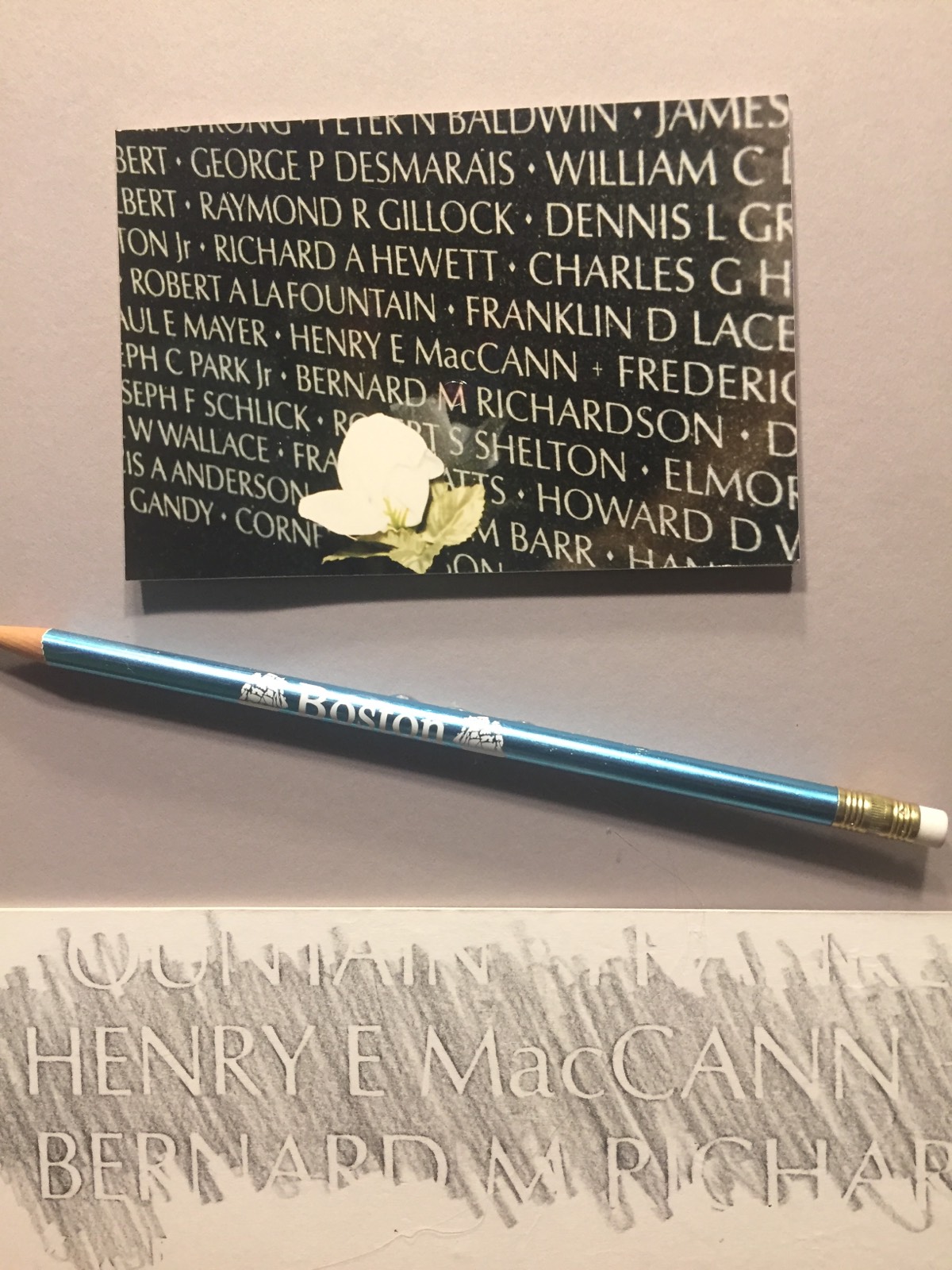
Henry MacCann rubbingThe war in Vietnam was escalating, and in 1964, Captain Hank MacCann began flying F-4 Phantoms in missions over Southeast Asia. In 1967, the Air Force chose MacCann to prepare to fly a new jet, the F-111 “Ardvark” that was being developed for use in multiple branches of the military. In 1968, Captain MacCann was promoted to Major and assigned the role of Flight Commander for the first combat mission of the F-111, dubbed operation “Combat Lancer.” In March, MacCann left Nellis Air Force base in Las Vegas, Nevada, with six new F-111s and headed for a US airbase in Thailand. On March 28th, Major MacCann’s plane, on a bombing run against a manufacturing facility of the enemy, disappeared from radar over the mountains along the eastern border of North Vietnam. Even after extensive search and rescue efforts, no trace of MacCann or his plane were found. He was survived by his wife Johnnie Sue (Harper) MacCann, two children, Henry Elmer MacCann (Jr) and SueEllen MacCann, and his sister Gladys June.
-
Edward Chandler Stoddard
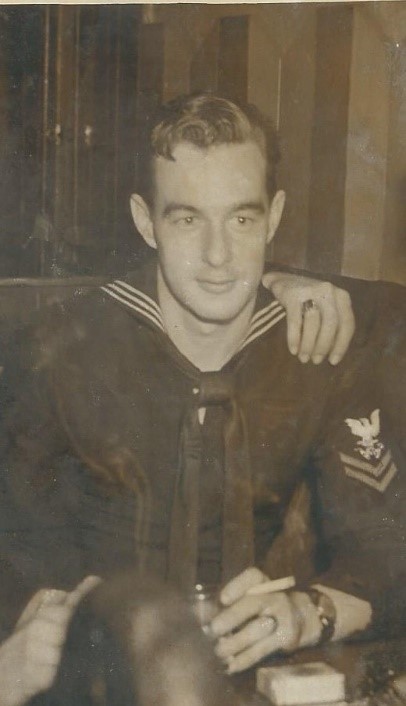
Edward Chandler StoddardEd Stoddard was born to Edward B. and Alma Stoddard on January 11, 1923, in Cornwall, New York. He had two younger brothers, Robert and Thomas. As a boy, he attended the New York Military Academy. When the United States entered World War II in December of 1941, Ed was studying auto mechanics at SUNY Morrisville. He was drafted into the Navy in late 1942, but received permission to finish his two-year degree before reporting for duty in 1943.
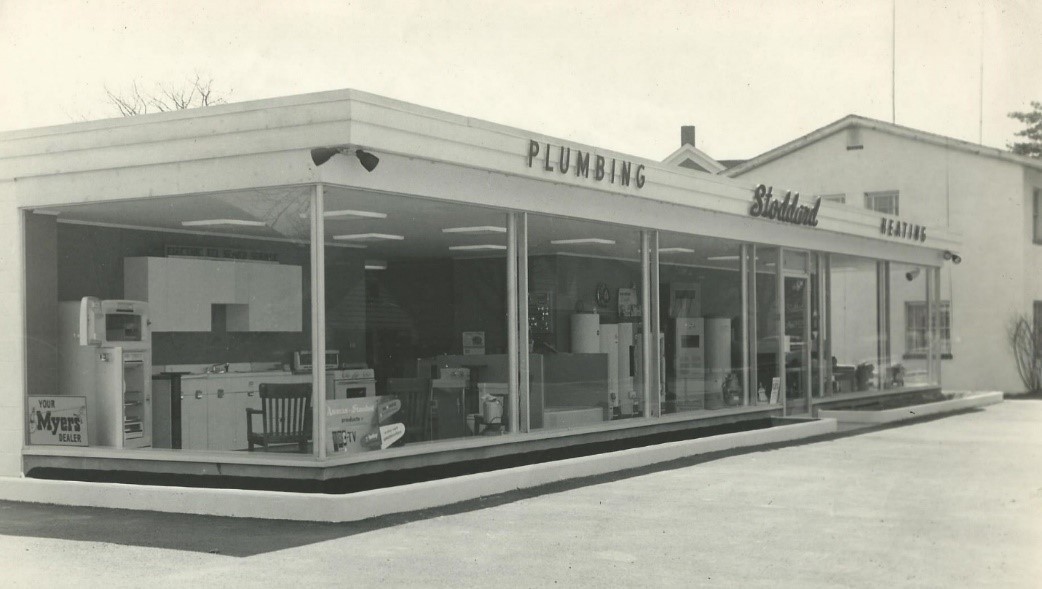
Stoddard PlumbingAfter completing boot camp in New Jersey, he trained as a diesel mechanic in Richmond, Virginia. Upon graduation on September 11, 1943, he was stationed aboard the USS San Jacinto. The “San Jac” departed the east coast, bound for the Pacific Theater, in November of 1943. While aboard, Ed served in the boiler room and machine shop. Among other naval engagements, the “San Jac” provided close air support for amphibious landings at the Palaus, Iwo Jima, and Okinawa. Ed remained in the Navy until the spring of 1946. He returned to Cornwall and began working for his father&rsqu;s plumbing business. Ed married Arlene Boyd on May 21, 1949, they had four children. When Edward B. Stoddard passed away in 1965, Ed and his brother Robert inherited the plumbing business. Ed continued to operate the business until his death in 1986, whereupon his son James took over. Ed Stoddard rests at Woodlawn Cemetery in New Windsor, New York.
-
Henry Woolford
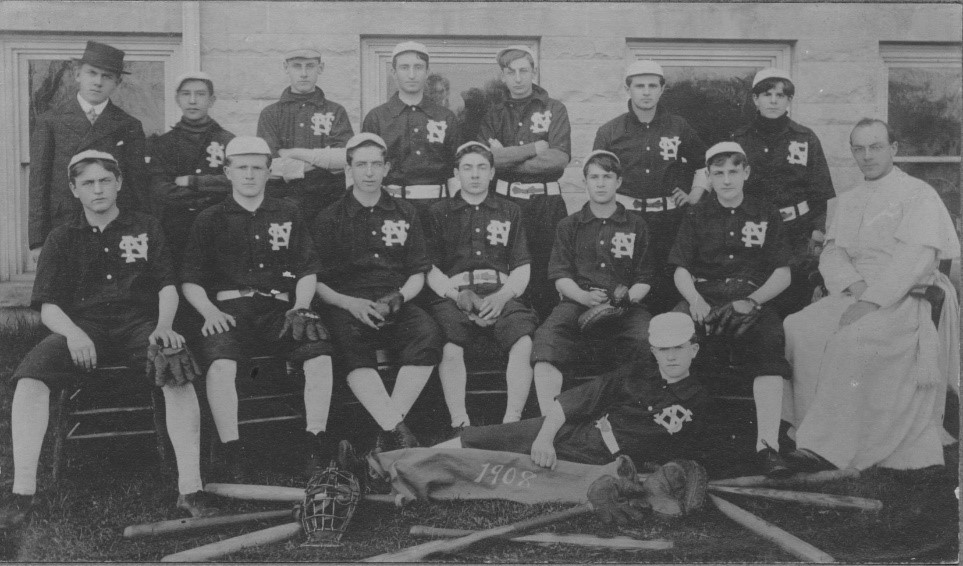
Henry Woolford Baseball TeamHenry Woolford was born and raised in Green Bay, Wisconsin, and attended St. Norbert’s College where he excelled academically as well playing on the college baseball team. He had one brother, William, and three sisters, Eunice, Mary Alice Woolford Decremer, and Isabella Woolford Clark. After graduating from college, he worked for a lumber company and married Ruth Hammond in Gladstone, Michigan, in October 1915.
When the United States entered World War I, he enlisted and underwent training at Fort Sheridan in Illinois, and was commissioned a second lieutenant. He was sent to Camp Taylor, Kentucky, then to Camp Gordon, Georgia. He sailed for France in late July 1918 with the 30th division of the 102nd infantry.
On October 6, 1918, the 30th Division was assigned to take the lead, and on October 8th, the division took the village of Brancourt and advanced the next day to Becquigny and Busigny. The advance to Busigny helped bring about the fall of the Hindenburg Line. On October 10, 1918, they moved toward the outskirts of St. Souplet where they met strong resistance on the west bank of the Le Selle River. The Germans held a high embankment on the east side of the river and were determined to hold that position. The US soldiers were hampered by the rain and clouds, which kept its air reconnaissance unavailable.
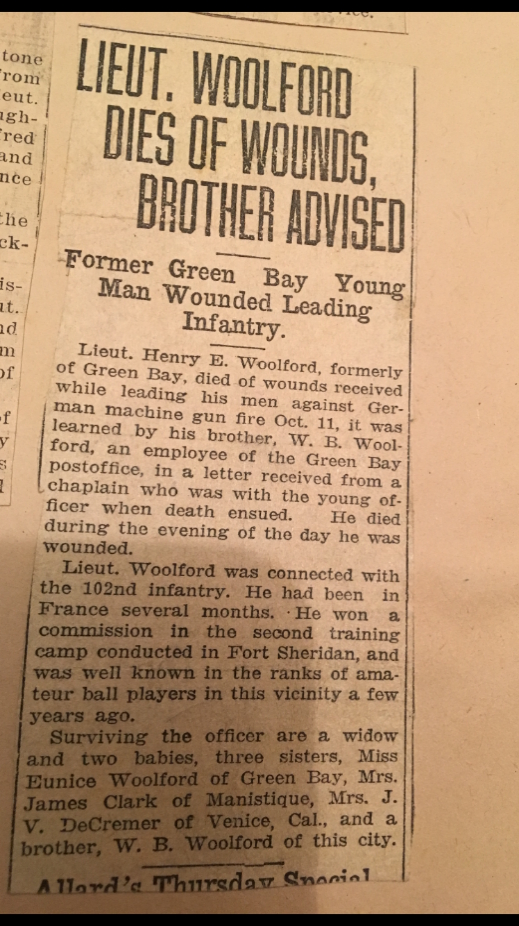
Henry Woolford Death NoticeDuring the fighting on the 10th, he was wounded while leading his unit against the German machine guns. The unit chaplain wrote to the family, “He died gallantly after showing more than average nerve.” He was taken to a military hospital in Langres suffering from shrapnel wounds. Because of the heavy fighting at the front, some of the doctors were moved from the hospital to the front, and there were not enough physicians. His wounds were fatal, and he died the following day. He is buried in the Somme American Cemetery in France. He died a few days after his 26th birthday, and five days before his son, Paul, marked his second birthday and just a month after the birth of his second child, Harry.
